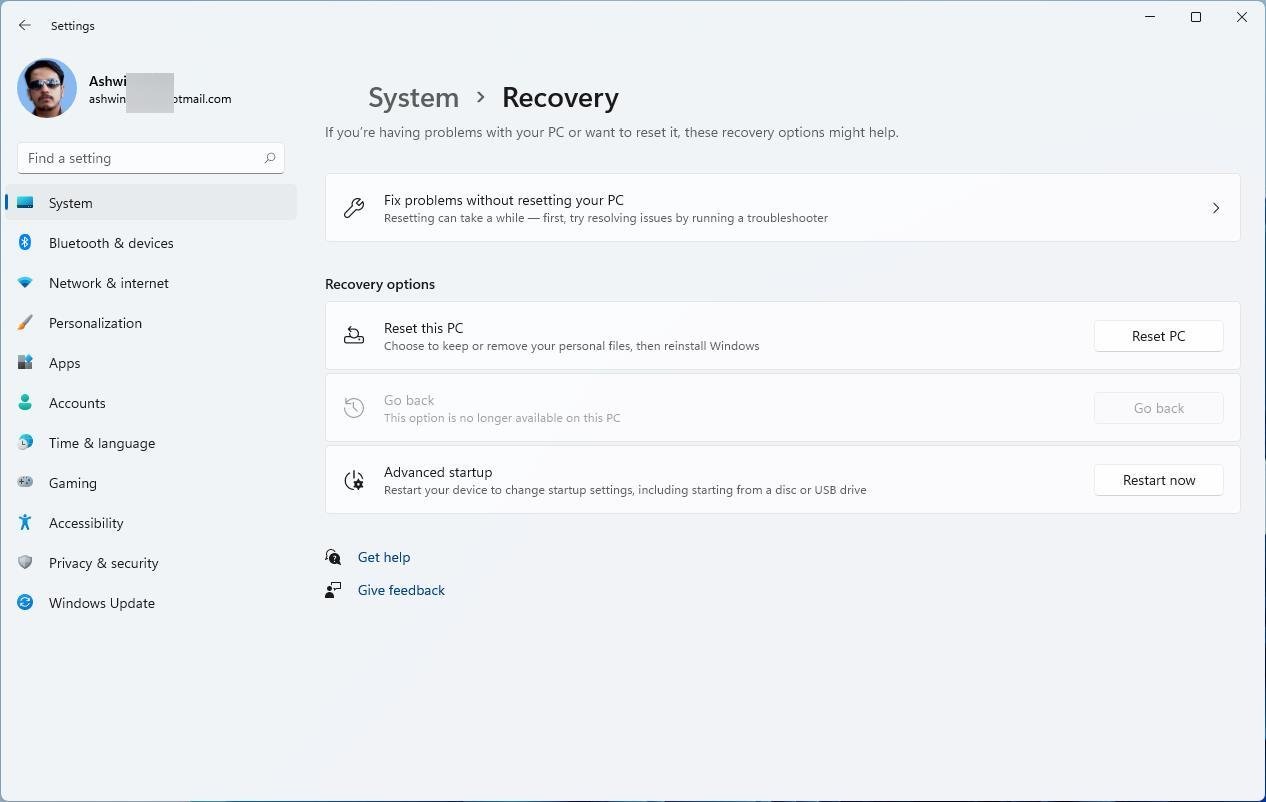When you upgrade a Windows 10 machine to Windows 11, you have 10 days to uninstall Windows 11 and go back to the previous version of Windows.
The grace period may be smaller even, if you happen to delete the previous installation of Windows using the Disk Cleanup Tool. If you run it right after the upgrade to Windows 11, you cannot use built-in tools to rollback and restore Windows 10.
10 Days may look like a long period, but it depends on how you use the operating system. Users who want to go back to Windows 10 may run into all kinds of issues, from poor performance and incompatible apps to crashes or aesthetics.
How to go back to Windows 10 after installing Windows 11
It should be clear that you can only uninstall Windows 11 if there is an older version of Windows available. Since you can only upgrade directly from Windows 10, it needs to be Windows 10. You can’t rollback if you installed Windows 11 from scratch or use a preconfigured system that comes with a PC that you bought.
Microsoft confirms on the Windows 11 FAQ page that you can rollback 10 days after installation:
Yes. After you have installed the Windows 11 upgrade, there is a 10-day period where you can move back to Windows 10 while keeping files and data that you brought along with you. After the 10 days, you will need to back up your data and do a “clean install” to move back to Windows 10.
The only option after the grace period expires is to do a clean install.

Here is how you do so on Windows 11 in the first 10 days after upgrading to the system:
- Go to Start > Settings.
- Select System > Recovery
- Pick “Go back” on the page.
- Follow the instructions.
Note that Go back is not selectable anymore if 10 days have passed since the upgrade to Windows 11. The description states then the following: “This option is no longer available on this PC”.

The usual options to reset the PC are also available, but this won’t restore the previous version of Windows.
Do this instead if you want a reliable downgrade option

The only viable option is to create a system backup prior to upgrading to Windows 11. You need enough storage space to store the backup and a capable software program, but can go back anytime you want then and not only in the first ten days.
There are plenty of free backup solutions available for Windows 10 to create a system backup. I prefer Paragon Backup & Recovery Free, but you may also use programs such as Macrium Reflect.
The programs are easy to use and will create a full backup of the system. To rollback, just restore a previously created backup using the backup software or its recovery tool.
The post Microsoft gives you 10 days to go back to Windows 10 from Windows 11: here is a better way appeared first on gHacks Technology News.
